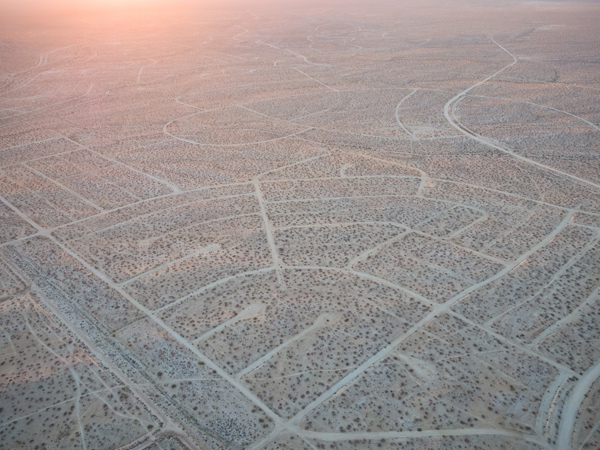One of the hottest discussions over the last 2-to-3 weeks regarding the metaverse is selling virtual real estate. Some companies are dropping big dollars on buying up virtual real estate (although I’m not exactly sure where). Other developer studios are testing the waters, trying to figure out what the market might pay for 100,000 square feet in a virtual mall.
Physical Property Value = Traffic x Amenities
Metaverse Property Value = Traffic x Amenities
Suffice to say, prices weren’t so high (at least of those willing to answer a poll on Linkedin). The discussion quickly switched to what, exactly, is valuable about retail space that makes one space worth more than another.
In the physical world, retail space rates are dependent on location, which in turn is dependent on improvements and traffic. As an example, 5th Avenue in NYC is at the top of the pyramid because it has very high traffic and has incredible amenities. Just 6 blocks west, however, is downmarket Penn Station with even more traffic but horrible amenities. Market price is determined by a balance between the two.
With what we currently know, virtual space is no different. We value some domain names more than others because of the differences in traffic, along with whatever web programming (amenities) have been developed for each domain. Will the same apply to the Metaverse?
Yes, value in the metaverse should still have the same rules of property value = traffic x amenities. If I were to create a discord server with fully developed VR but no interactive games and no visitors, the value would be zero. If, however, I wanted to open a shop in the first welcome space in Roblox, I’d better be prepared to pay accordingly.
As technology develops, the infrastructural build-out becomes more efficient (and therefore less expensive). The temptation to build out a huge space regardless of traffic demand or amenities is easy. Witness the cautionary tale of California City: 64 years ago a huge grid and potential city was drawn, surveyed, and laid out in the high desert. But no traffic, no demand. The “city” sits empty to this day.So, when considering virtual real estate in the metaverse, ask the blunt questions: how much traffic exists now? How much is expected? What improvements to the property are in place? As always, caveat emptor, but more importantly, know the KPIs for how to judge value.

